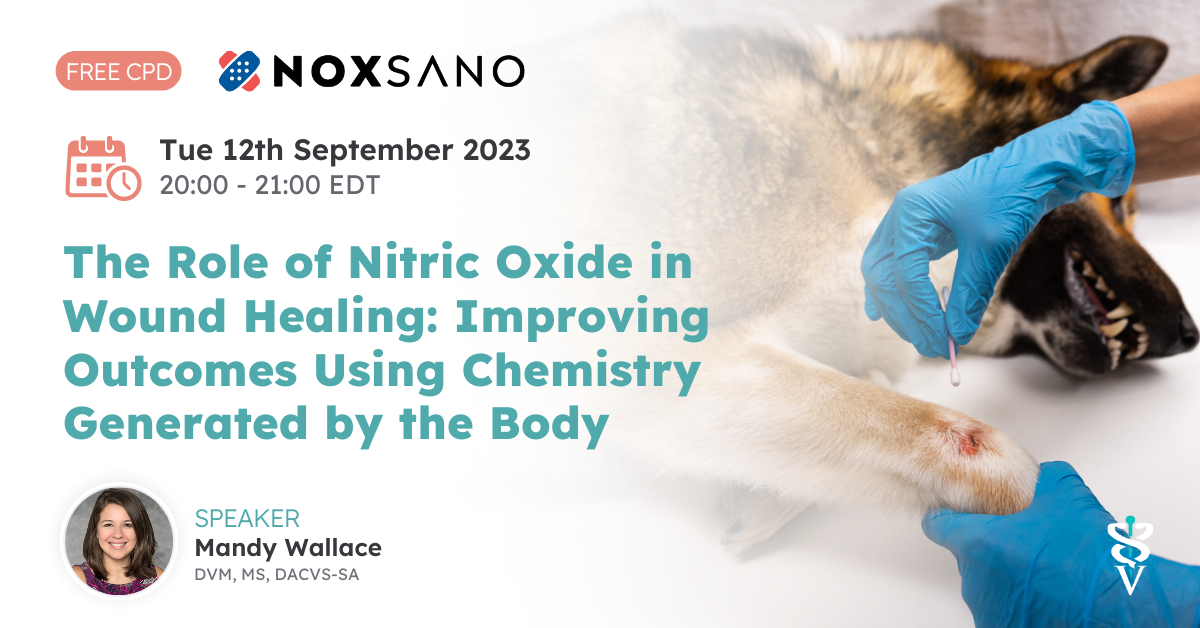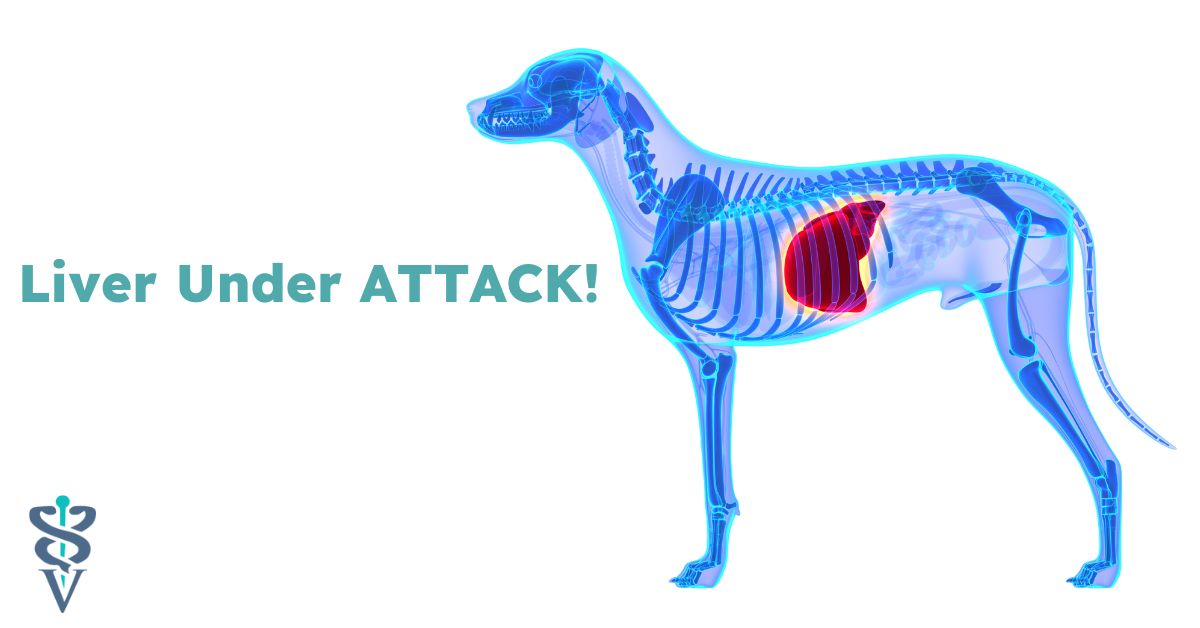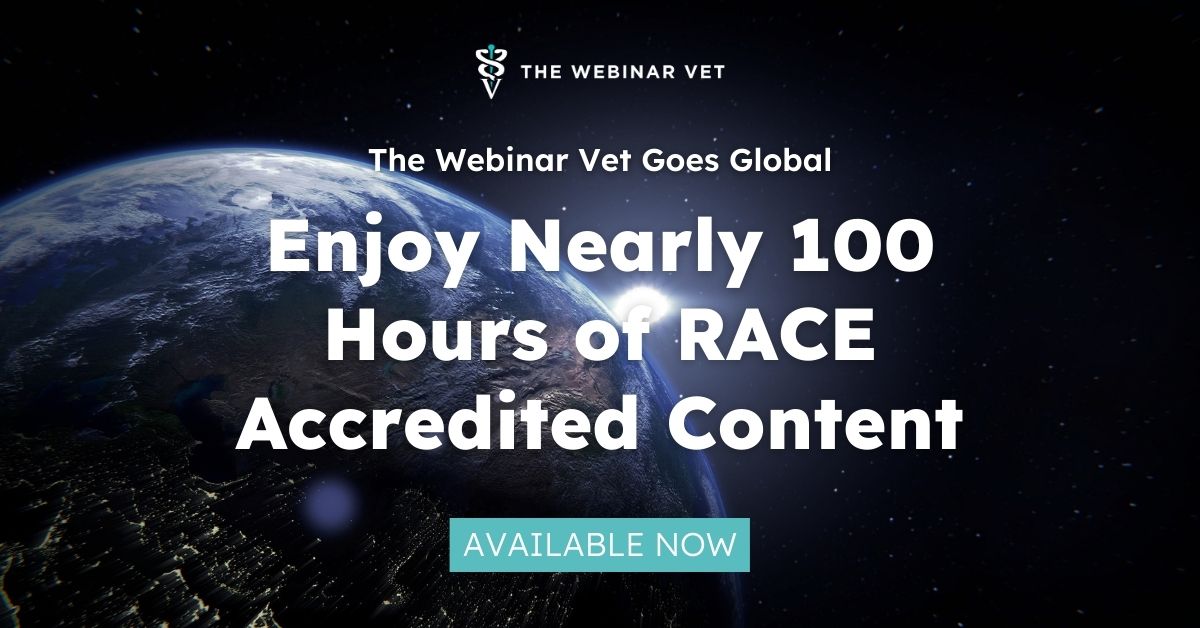The Role of Nitric Oxide in Wound Healing
In veterinary medicine wounds are common. Wounds range from simple scrapes, surgical incisions, and dermatologic issues to serious life and limb threatening traumas. The body begins work immediately upon insult to the skin to repair damaged tissue and restore the functional barrier properties of the skin. Positive outcomes are challenged by a host of factors, such as wound location, wound type, and bacterial infection.









.jpg)

-(1).jpg)
.jpg)